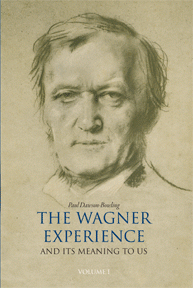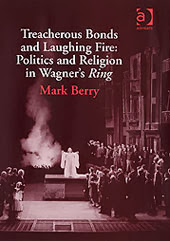 From: Carl E. Schorske: Fin-De-Siecle Vienna: Politics and Culture.
From: Carl E. Schorske: Fin-De-Siecle Vienna: Politics and Culture.The nineteenth century saw itself generally as “a century of movement,” in which “the forces of movement” challenged “the forces of order.” Such was the case in music, too. Hence it was the century of the expansion of dissonance—the medium of tonal movement—and the erosion of the fixed key, the center of tonal order. In music as elsewhere, time moved in on eternity, dynamics on statics, democracy on hierarchy, feeling on reason. Richard Wagner, who was both a political and a sexual revolutionary, became Public Enemy Number One of traditional tonality, of key. In his Tristan und Isolde, Eros returns in surging rhythms and chromatics to assert its claims against the established political and moral order of the state expressed in rigid meter and diatonic harmony. Chromatic tones—half-tones—are all of a single value, and constitute an egalitarian universe of sound. To one accustomed to the hierarchical order of tonality, such democracy is disturbing. It is the language of flux, of dissolution. Of liberty or death, depending on your point of view.
8:05:00 pm | 0
comments | Read More






















